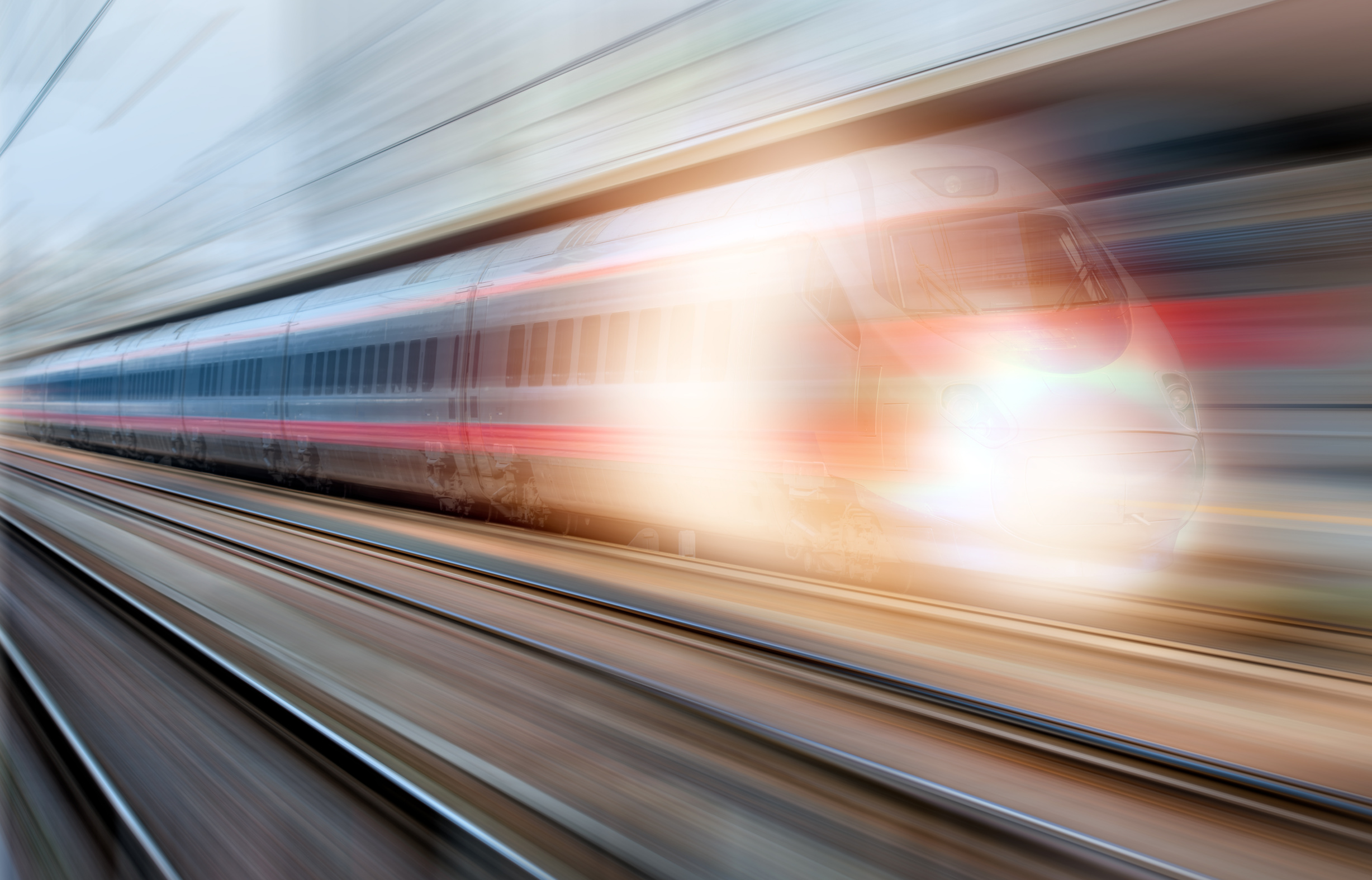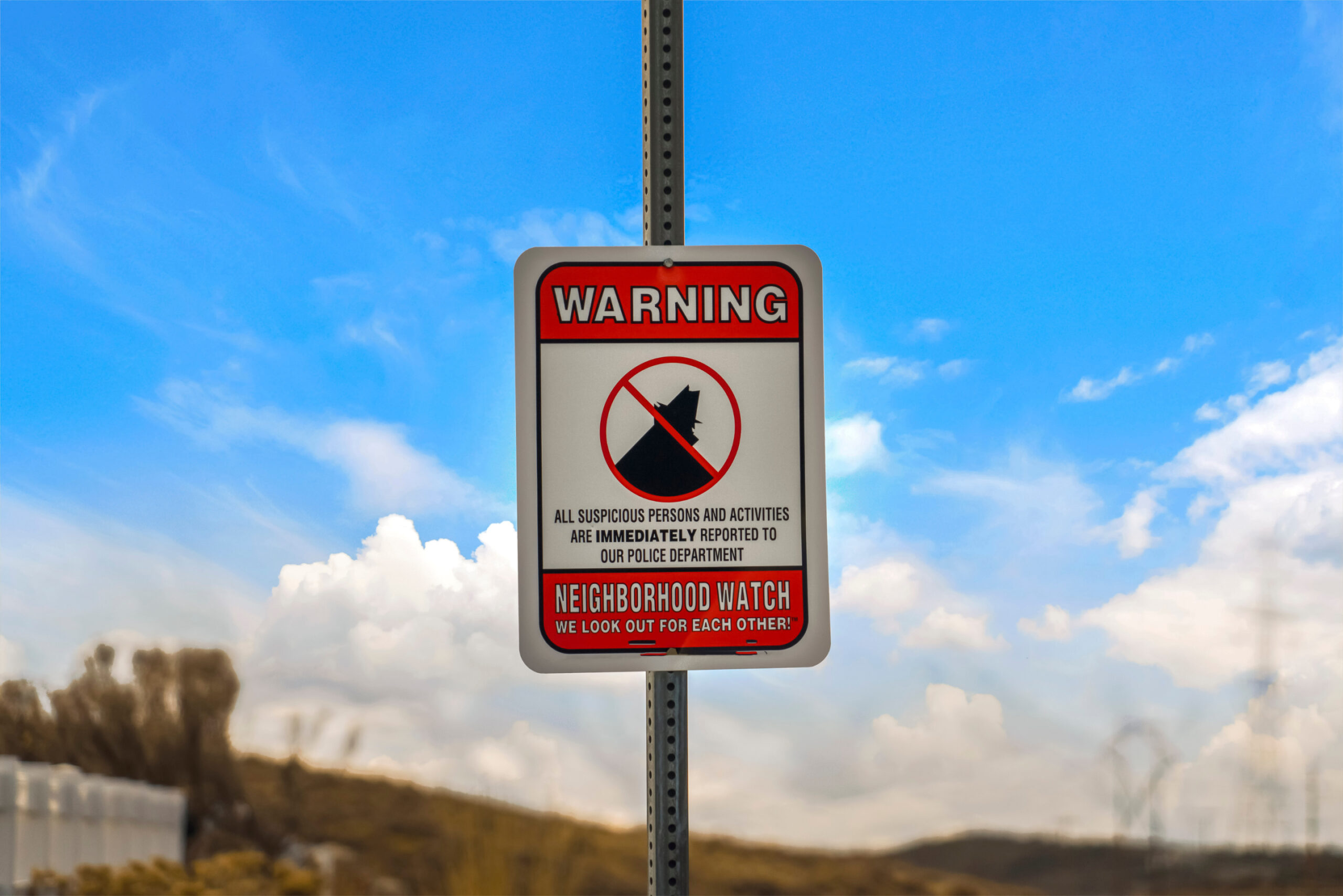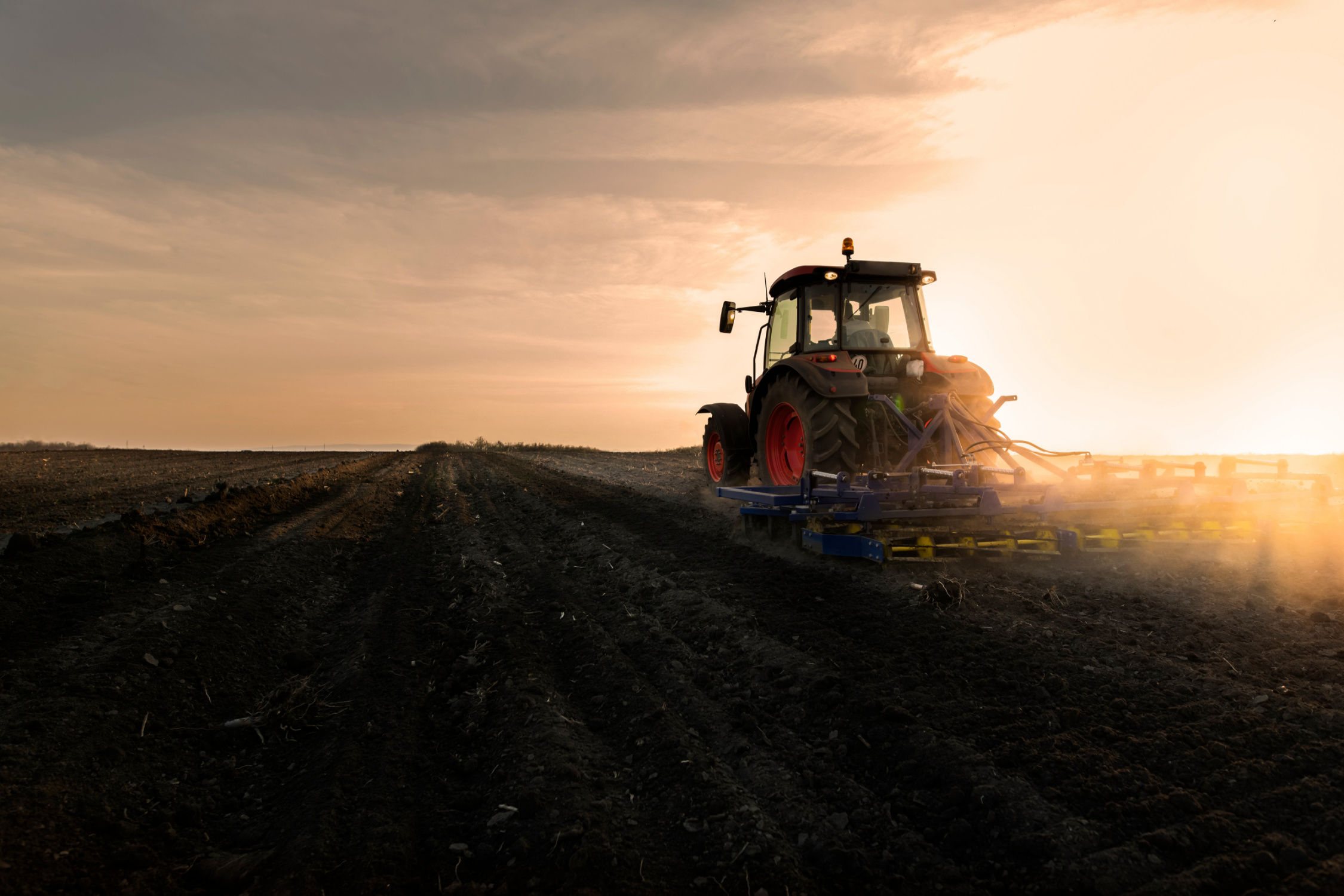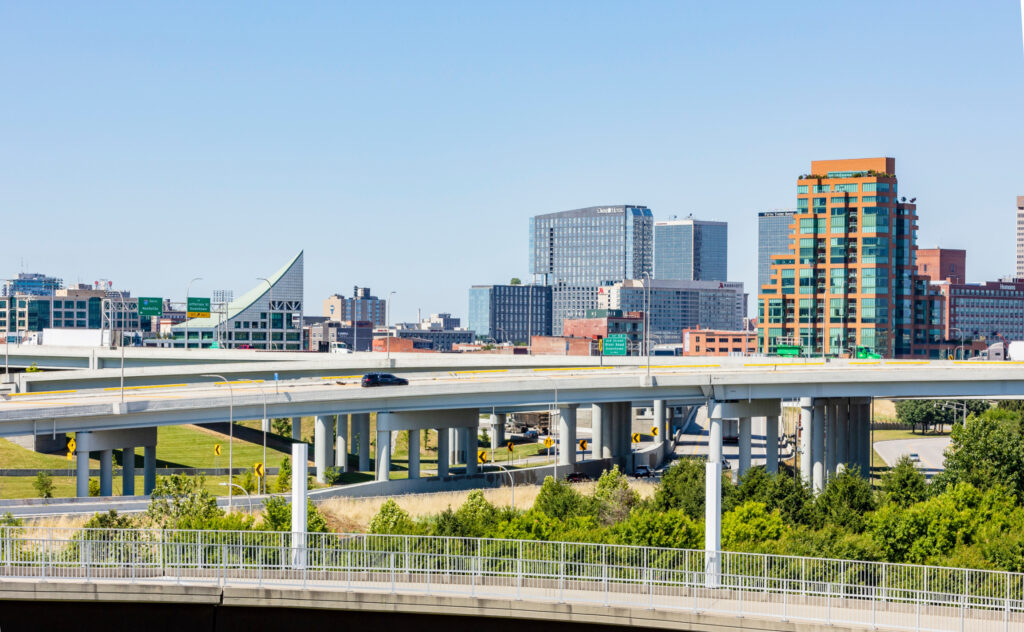High-Speed Rail Failures: Time to Reroute Funds Toward National Security and Rural Infrastructure

Across our nation, there has been an ongoing push to expand and construct high-speed rail networks aimed at alleviating congestion, improving transportation efficiency, and reducing greenhouse gas (GHG) emissions. However, the results of these ambitious projects have been underwhelming, with many initiatives falling far short of expectations. In my own state of Washington, significant taxes have been imposed through car registration fees, large tracts of land have been condemned to make room for rail lines, and construction progress has been painfully slow. In addition, these projects have consistently run over budget with minimal tangible outcomes. Sadly, California’s experience with high-speed rail has been even more dismal.
The high-speed rail project in California, initially designed to connect Los Angeles to the Bay Area, along with intermediate points in between, was supposed to be completed by 2020 at a projected cost of $33 billion. As of today, very little track has been laid, and the projected cost has skyrocketed to $106 billion. Meanwhile, crucial rural transportation infrastructure projects, particularly in deep blue states, are either being ignored or outright neglected. These rural projects are not just important for local communities—they are essential to the rural economy, and they facilitate the efficient movement of agricultural goods and other critical commodities across the country.
I am encouraged that U.S. Transportation Secretary Sean Duffy has ordered a thorough review of the California high-speed rail project, especially in light of the massive cost overruns and the lack of meaningful progress. This review will determine whether an additional $4 billion of taxpayer money should be funneled into a project that has thus far yielded minimal results.
Given the persistent delays, escalating costs, and the modest progress made on the high-speed rail project, it would be far more prudent to redirect those taxpayer dollars toward rural infrastructure projects that are crucial to the broader economy. In particular, we should focus on projects with significant national security implications, as these initiatives have the potential to deliver far greater benefits to our country in the long run.
In my state, U.S. Highway 2 has been grossly overlooked by former Governor Inslee’s administration. This highway is among the deadliest in the nation, but it also serves as a critical transportation route, running from just north of Seattle to the Upper Peninsula in Michigan. U.S. Highway 2 is essential for the movement of goods and services, and it would serve as a vital alternative route in the event of a major earthquake that could disrupt the use of Interstate 90. Despite its importance, this vital highway has remained underfunded and neglected, creating serious safety risks for those who rely on it every day.
In my own legislative district, we face a particularly troublesome chokepoint at the Gorst interchange. This key intersection, which involves state highways, plays a critical role in the efficient movement of Navy personnel, supplies, and other essential goods and services to the Puget Sound Naval Shipyard and the nearby submarine base at Bangor. The Puget Sound Naval Shipyard is one of the most important military installations in the Pacific, providing maintenance and repair services for our naval fleet, including a major drydock facility used to service aircraft carriers. The ability to access this facility efficiently is a matter of national security, as it ensures the readiness of our naval forces. Therefore, improving the Gorst interchange should be a top priority and be expedited through federal resources, as this project directly impacts our national defense capabilities.
The significance of such infrastructure projects extends beyond mere convenience or local benefit—they are key to ensuring the readiness of our armed forces, particularly in the event of a global conflict. Should the U.S. find itself involved in a war over Taiwan or in a military confrontation with North Korea, we must ensure that our military can swiftly mobilize and carry out its mission. Efficient transportation is a cornerstone of this capability, and it is crucial that we invest in the infrastructure that supports our national security objectives.
When President Dwight D. Eisenhower took office after World War II, he recognized the importance of Germany’s highway system and how the lack of a comparable system in the U.S. made us vulnerable during wartime. As a result, he launched the ambitious Interstate Highway System project, with national security considerations at its core. In much the same way, I believe President Trump and Secretary Duffy should consider launching a similar initiative to support military installations and ensure our infrastructure is prepared to meet the demands of modern warfare. This initiative would not only enhance our military readiness but would also provide a significant opportunity to invest in rural communities that have been largely overlooked by past political leadership. By focusing on realistic, high-priority projects that can be implemented quickly and effectively, we would not only strengthen our national defense but also stimulate economic growth in regions that play a vital role in the movement of goods, services, and people across the country.
The failure of high-speed rail projects like the one in California serves as a clear lesson that we must carefully prioritize our infrastructure investments. While ambitious projects have their place, it is essential that we focus on infrastructure initiatives that will deliver tangible benefits for our national security, economic stability, and rural communities. Redirecting funds away from costly, inefficient high-speed rail projects and instead investing in projects that improve safety, national defense, and the movement of critical goods and services would be a far wiser use of taxpayer dollars. It’s time to invest in projects that offer realistic, impactful solutions to the challenges our nation faces.
RECENT













